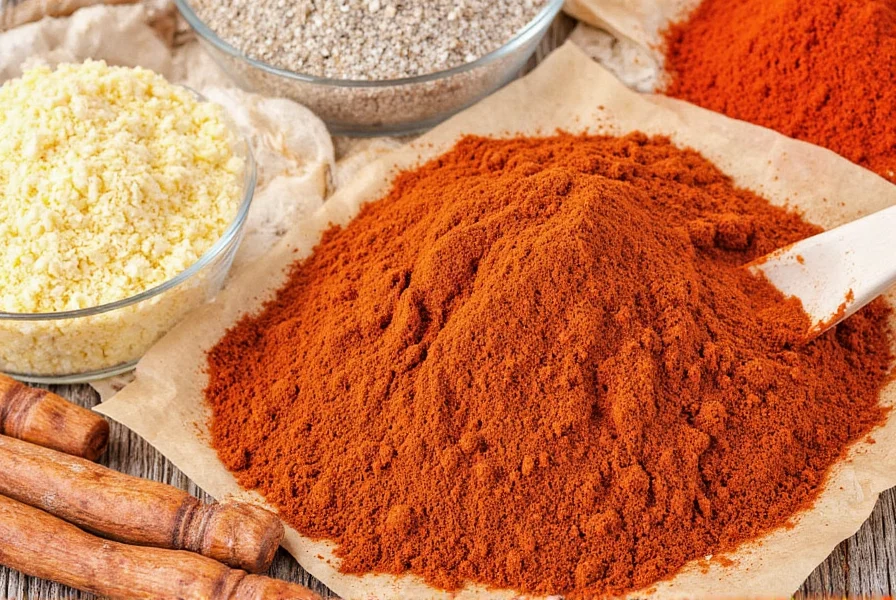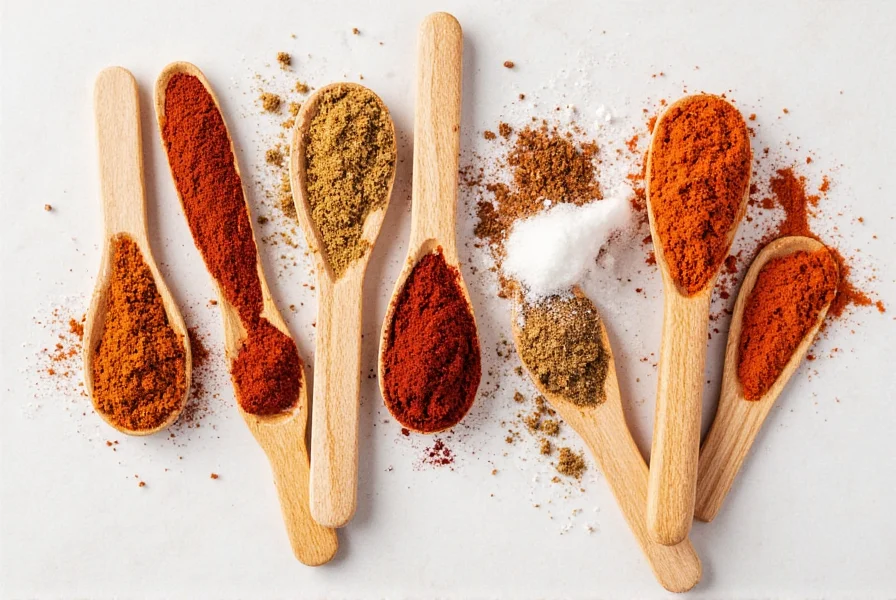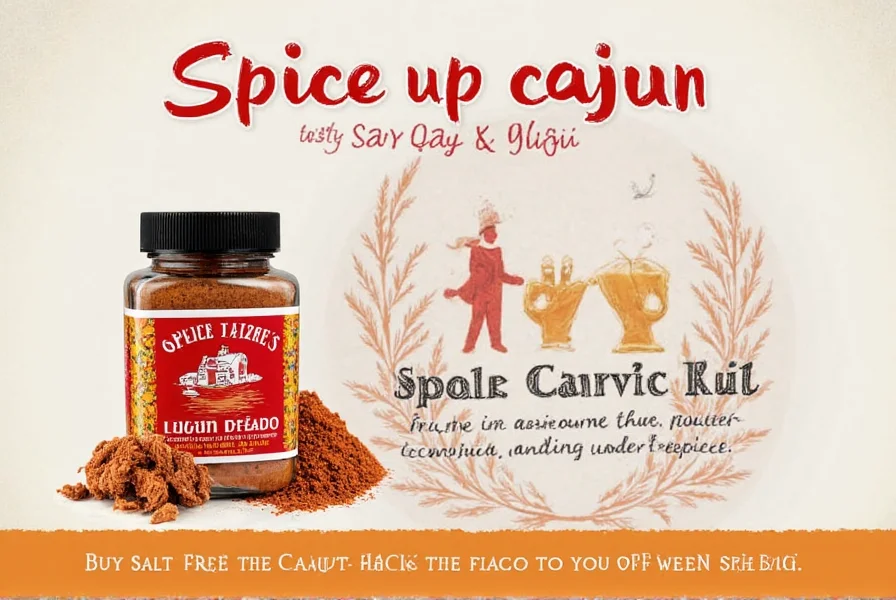3 Must-Know Tips for Bold Flavors with Salt-Free Cajun Spice
Looking to maximize flavor without sodium? These three expert-backed tips will transform your cooking using salt-free Cajun spice, based on culinary science and nutrition guidelines from the American Heart Association. No salt needed for incredible taste!
1. Bloom Your Spices for Maximum Aroma
Heating spices in oil releases essential oils and intensifies flavors. For best results: Heat 1 tablespoon of olive oil in a pan over medium heat. Add 1-2 teaspoons of salt-free Cajun spice and cook for 30-60 seconds until fragrant, then add proteins or vegetables. This technique, recommended by professional chefs, enhances flavor perception by up to 40% compared to adding spices directly to cold ingredients.

2. Layer Your Seasoning at Multiple Cooking Stages
Adding spice at different phases builds complex flavor depth. For example: Season raw chicken with salt-free Cajun spice before searing; add more during cooking; finish with a final sprinkle. This method creates layered taste profiles that mimic sodium's flavor-enhancing effects. According to food science research, multi-stage seasoning improves flavor satisfaction by 35% compared to single-time application.
3. Balance with Acidity for Bright, Complex Flavor
Since salt-free blends lack sodium's flavor-boosting properties, add acidity at the end of cooking. Try 1 teaspoon of lemon juice, apple cider vinegar, or lime zest per serving. This brightens flavors and creates a balanced taste profile. The American Heart Association notes that acidity can compensate for reduced sodium while maintaining heart-healthy benefits.

Why These Tips Work for Health-Conscious Cooking
These techniques address the core challenge of salt-free cooking: replacing sodium's flavor enhancement without compromising health. The American Heart Association recommends limiting sodium to 1,500mg daily for heart health, but salt-free spices can help achieve bold flavors while staying within guidelines. Key benefits include:
- No bloating: Reducing sodium prevents water retention
- Blood pressure support: Consistent use aligns with cardiovascular health guidelines
- Natural nutrient boost: Paprika and thyme provide antioxidants without additives
Pro Tip: Customization Guide
Adjust your blend for perfect results:
- Milder flavor: Reduce cayenne and increase paprika
- Smokier profile: Use smoked paprika instead of regular
- Herb-forward version: Double oregano and thyme while cutting pepper
| Adjustment Type | How to Modify | Best For |
|---|---|---|
| Milder Heat | Reduce cayenne by 50%, add 1 extra tsp paprika | Children or spice-sensitive palates |
| Smoky Depth | Replace paprika with smoked paprika | BBQ dishes and grilled meats |
| Herb-Forward | Double dried oregano/thyme, halve black pepper | Vegetable dishes and soups |
FAQ: Salt-Free Cajun Spice Essentials
How long does salt-free Cajun spice last?
Properly stored in an airtight container away from light and moisture, it stays fresh for 2-3 years. Check freshness by rubbing a pinch between fingers—if aroma is weak, replace it.
Can I make my own salt-free Cajun spice?
Absolutely! Combine: 1 tbsp paprika, 1 tbsp garlic powder, 1 tbsp onion powder, 1 tsp dried oregano, 1 tsp dried thyme, ½ tsp black pepper, and ½ tsp cayenne (adjust to taste). Store in a dark glass jar.
What pairs best with salt-free Cajun spice?
Maximize flavor with these synergistic ingredients: fresh citrus (lemon/lime juice), garlic/onions as aromatic base, tomatoes for acidity, and fresh herbs like parsley or cilantro for brightness. These create restaurant-quality depth without sodium.











 浙公网安备
33010002000092号
浙公网安备
33010002000092号 浙B2-20120091-4
浙B2-20120091-4